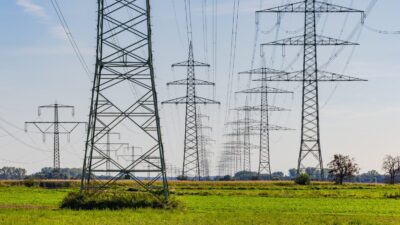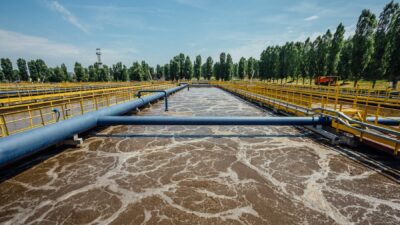Plugging the carbon productivity gap
Productivity trends are used to explain the changing structure of the economy and to compare the UK’s performance against its peers. When the same concept is applied to energy, and ultimately to carbon, it becomes a clear measure of progress towards achieving long-term greenhouse gas emission targets. The results for the UK electricity sector suggest that, if the government’s existing targets are to be met, the current policy programme will have to be expanded during the next 10–15 years, at a cost of several billions.
Related

Ofgem’s RIIO-3 Sector Specific Methodology Decision
On 18 July 2024, Ofgem published its Sector Specific Methodology Decision (SSMD) for the forthcoming RIIO-3 price control period for electricity transmission (ET), gas transmission (GT) and gas distribution (GD) networks.1 This follows Ofgem’s consultation on the matter in December 2023.2 RIIO-3 will last for… Read More

The future funding of the England & Wales water sector: Ofwat’s draft determinations
On Thursday 11 July, Ofwat (the England and Wales water regulator) published its much anticipated Draft Determinations (DDs). As part of the PR24 price review, this sets out its provisional assessment of allowed revenues and performance targets for AMP8 (2025–30)—and will be of great interest to water companies, investors,… Read More

